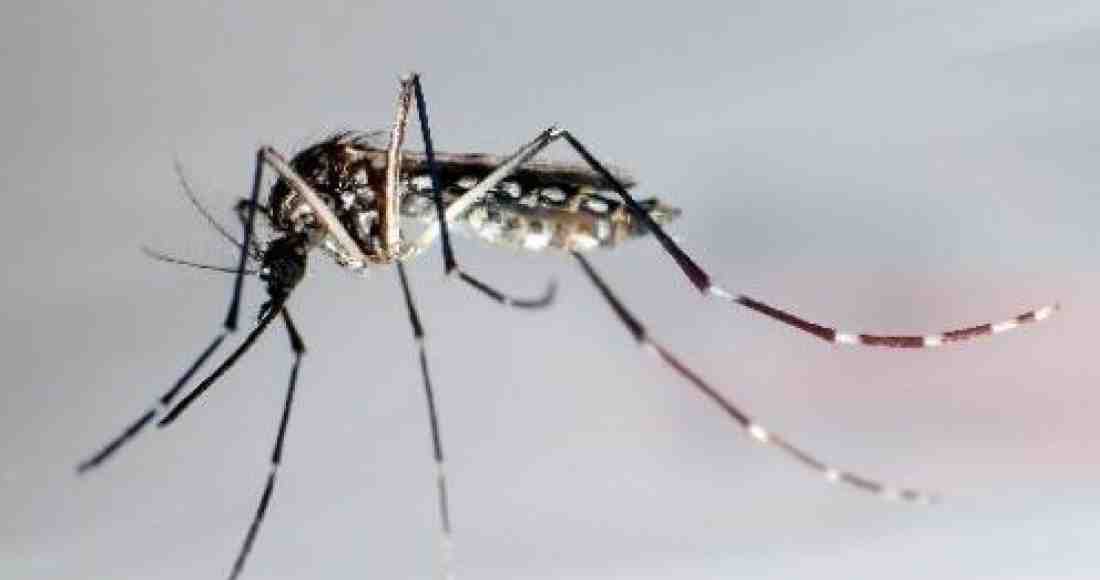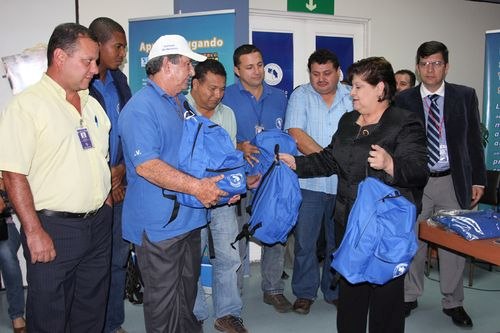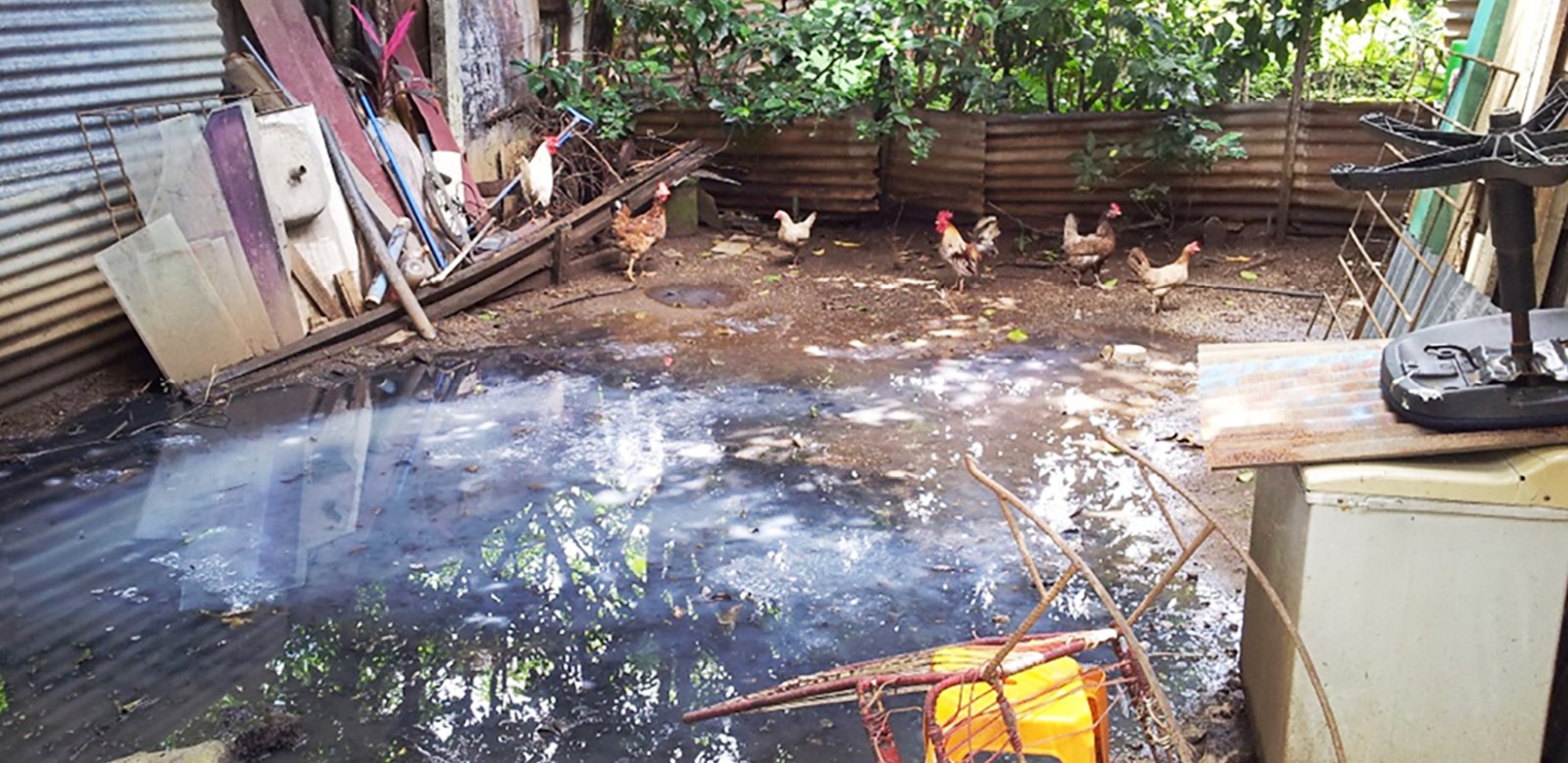
This year at the beginning of January, our newspaper began receiving messages from readers reporting unusual cases of dengue. In an article published in March, we reported that in the canton of Nicoya, 190 preliminary cases were registered in January and 41 in February, very strange figures since the mosquitoes that carry dengue usually do not survive the high temperatures typical of Guanacaste’s dry season.
The Ministry of Health started to fumigate in late February in Nosara, Samara and Nicoya. By July 2, the Ministry of Health declared a national health alert due to the increase of dengue cases in the country, and currently Nicoya is the canton with the highest rate of dengue cases nationwide. Official figures of dengue patients received at the Anexion Hospital were approaching 3,000 by late August, and at least three cases were hemorrhagic. Nationally the figure was 24,316 people infected and 32 hemorrhagic cases, with at least five confirmed deaths. However, these numbers do not represent the reality since some people choose not to go to the hospital for treatment.
The Ministry of Health is now redoubling efforts with a contingency plan and a mission to fumigate and eliminate breeding sites. The plan initiated on August 16, and during the first week more than 25,000 homes were fumigated in the country.
But why wasn’t the epidemic stopped before? Was it that the Ministry of Health didn’t fumigate enough or didn’t spray the right places, or that people did not eliminate the stagnant waters from their yards? We don’t pretend to have the answers to these questions but we humbly suggest that it was a little of both. However, we believe it is more important to emphasize the negative consequences of a health alert rather than fall into the game of placing blame.
When dengue strikes a family, the effect touches every aspect of their lives.
It severely affects health and the immune system. It’s not just that the body is strongly fighting against infection with high fevers and severe body pain, but it also leaves the sick person more vulnerable to another bout of dengue. According to Science magazine, after the first infection, the immune system creates antibodies, and in the second recurrence, these antibodies recognize the new type of the virus but many times, rather than neutralizing it, they ally with it. In this manner, they help it to invade other cells and what could have been a simple case of dengue converts into one that can lead to death.
It also affects the family economically. Many cases of dengue occur in the poorest neighborhoods, where people live from payday to payday and as a result one or two weeks without being able to work means not putting food on the table for their families.
In addition, it increases the financial expenses of hospitals and clinics. So far this year, the Costa Rican Social Security Fund (CCSS) has invested about $5,646,000 in caring for dengue patients nationally. The Anexion Hospital in Nicoya suffered a financial crisis in 2012 that was finally resolved earlier this year, leaving the hospital in a vulnerable situation.
And it is possible to experience a decrease in tourism. If Costa Rica, and specifically Nicoya, gains a reputation as a tourist destination where there is risk of contracting dengue, then the downward spiral will continue in the labor market, which still hasn’t fully recovered since the 2008 crisis.
Getting used to dengue is like getting used to insecurity, to bad roads, to corruption. The Ministry of Health can fumigate neighborhoods, but people should remember that this is just a preventive measure to help temporarily. It is everyone’s responsibility to eliminate the breeding grounds. We can’t stand around with our arms crossed waiting for an institution to do all the work against dengue because if we do, then we will be getting used to living with dengue.







Comments